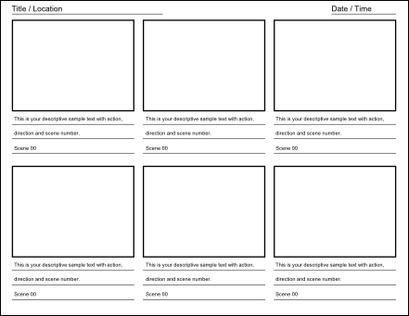
A couple of weeks ago some of my classmates did a presentation on digital storytelling. It seems like a great way to increase student engagement and participation in class. As a teacher, I would like to use it to introduce exiting topics, as well as a way for students to sum up their learning. From the demonstration in class, it’s clear that you can convey complex and emotional messages with simple texts, photos and videos. You don’t need to be very tech-savvy with video software, or to have a picture in every frame. The multimodal nature gives every creation a unique feel. The class gains skill while collecting images, making soundtracks, filming, editing themselves. When students are given lots of freedom over the storytelling process, they are able to show their own diverse learning and what they are getting out of class.
For language arts, I am interested in using digital storytelling as a tool for students to tell personal or book narrative, or create a trailer for a specific text. In science class, they could be used to document experiments. I also like the idea of using digital storytelling in math class to represent a word problem narrative, where students can record their questions, calculation, deductions, and answers.
Digital storytelling captures students’ voices in a way that doesn’tfeel forced. However, like most great practices it requires some scaffolding. You have to take the time at first to introduce students to the concept, and practice with paper storyboards and templates.

Leave a Reply